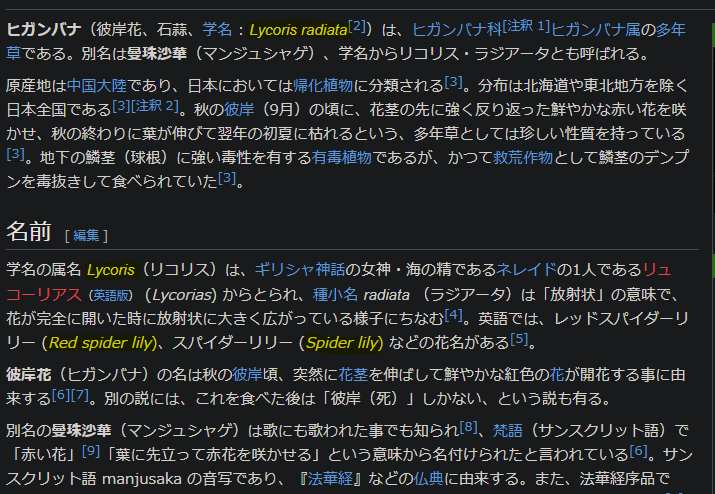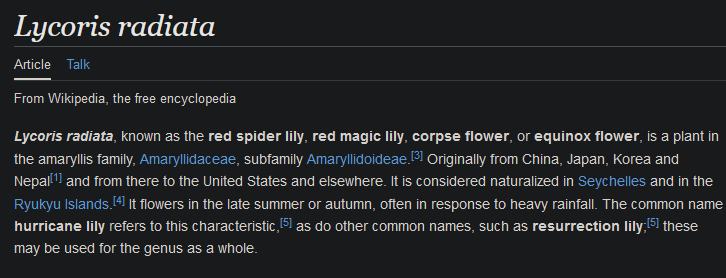hanakotoba resources
* small note - when i refer to floriography, i'm referring to victorian/western flower language!
all meaning sites require some level of jpn knowledge (or a translator, if you go that route)

sites for meanings:
hanakotoba.net (has both hanakotoba + floriography meanings, may not have every flower you're looking for)
hanakotoba.name (my personal go-to, has only hanakotoba meanings, has lists for certain meanings flowers share in common, etc.)
en wikipedia article on hanakotoba (not exactly the best place to look, but it is a place to start!)
366flower.net (birthday flowers, copy/pasting from this site is a little wonky but otherwise it is good for finding birth flowers!)
hanakotoba as a whole
one thing i like to keep in mind about hanakotoba is it's all in meaning! what are your intentions with it? not just with giving flowers or whatever, but for symbolism too!
some flowers have contradictory meanings (ex. snowdrops, which can either mean hope and healing, or that you wish for someone's death). some flowers have very different meanings based on colors (ex. roses, tulips, etc).
so, if you choose to reflect symbolism using hanakotoba, perhaps play around with the meanings! but don't alter the meanings a ton. in the end, the meanings for hanakotoba do not shift, it's just what you do with it.
it is also important to note victorian flower language (aka floriography) is different than hanakotoba. what a flower means in one is, more often than not, not what it means in the other.
(also.. don't take birth flower meanings super personally. they don't always line up. it's a for funsies thing, like astrology. lol.)
(personal) guide to looking up flowers
if you find a flower you had no clue existed, but you can't seem to figure out what the english name for it is, no problem!
all i do is the following:
1. plug flower name into jpn wikipedia (like so)

2. if it says in the article (like it does here), congrats! you found it :]

though.. suppose it doesn't. what then?
3. click the language options and click whichever option you need! (we're using english in this tutorial)


though... i'll tip you in on this. all you reaaaally need is the scientific name, so.. say you find one and there's no other articles. find the scientific name and look that up! in some cases, flowers do not have common names, and thus using the scientific name is your only option.
